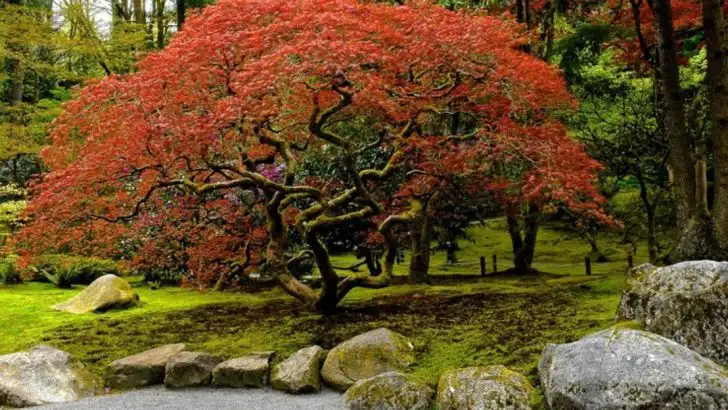Don’t let your roots play plumber with your pipes! You want shade without a surprise geyser under your lawn. These 11 tree champions keep their roots in line—no sneaky pipe raids here. Forget the usual suspects that crack your water lines. Think smart growers with shallow, well-behaved roots. From Japanese maples that whisper elegance over your patio to hornbeams that flex sturdy branches without digging deep. Your perfect shade partner is on this list—whether you crave dappled sunlight or a leafy fortress against afternoon glare. Plant one of these, and your gutters stay dry, your pipes stay intact, and your yard stays drama-free. Time to swap risk for reassurance. Pick your tree, dig the hole, and watch cool comfort sprout—without the plumbing nightmare.
Japanese Maple
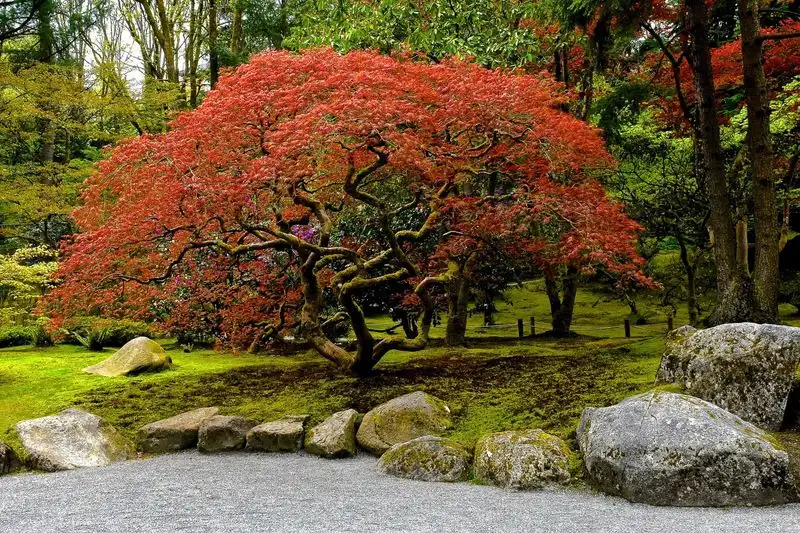
Renowned for its delicate foliage, the Japanese Maple provides shade without the worry of aggressive roots. Its compact root system makes it an ideal choice for those cautious about underground infrastructure. Did you know these trees can live up to 100 years? Their elegant branches create a picturesque canopy, enhancing gardens with vibrant colors. Available in various shapes and sizes, they offer flexibility in landscaping. With a reputation for beauty and gentleness, Japanese Maples are a safe bet for homeowners looking to avoid pipe complications.
Eastern Redbud

Known for its stunning spring display, the Eastern Redbud adds a splash of color without plumbing headaches. The tree’s roots are non-invasive, making it a favorite for urban landscapes. Its early blossoms herald the arrival of spring with vibrant pinks. This North American native serves as a habitat for pollinators, supporting local ecosystems. With heart-shaped leaves and a modest height, it integrates seamlessly into gardens. The Eastern Redbud’s charm lies in its simplicity and non-disruptive nature, perfect for cautious gardeners.
Dogwood
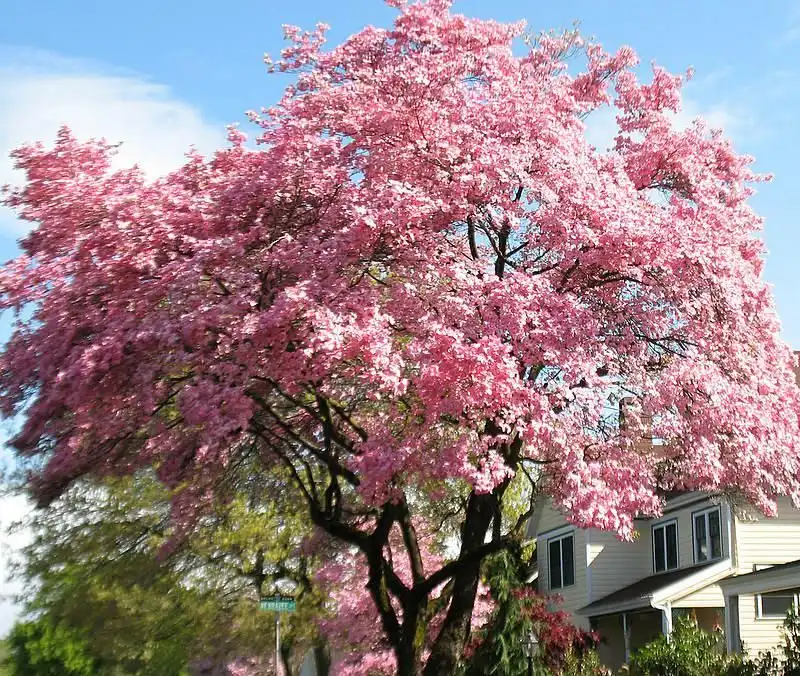
Embodying beauty and grace, Dogwoods are synonymous with springtime rejuvenation. Their roots pose minimal risk to pipes, making them popular in residential areas. Each spring, Dogwoods burst into bloom, painting landscapes with whites and pinks. These trees prefer well-drained soil and partial shade, which allows for healthier growth. As symbols of resilience, they provide food for birds and insects year-round. A timeless choice for gardens, Dogwoods offer both aesthetic appeal and practicality, ensuring peace of mind for homeowners.
Crabapple
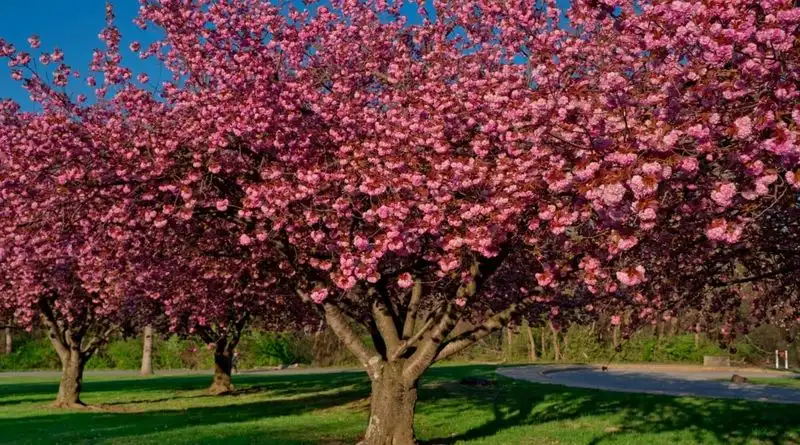
Crabapples are celebrated for their seasonal beauty and fruit. Their root systems remain shallow, preventing damage to underground structures. These trees offer a delightful bloom in spring, followed by colorful fruit that attracts wildlife. Perfect for smaller gardens, they provide both shade and visual interest. Varieties abound, each with distinct flower and fruit colors. By choosing Crabapples, gardeners enjoy a harmonious blend of functionality and ornamental value, without worrying about pipe intrusion. Their adaptability makes them a versatile addition to any landscape.
Serviceberry
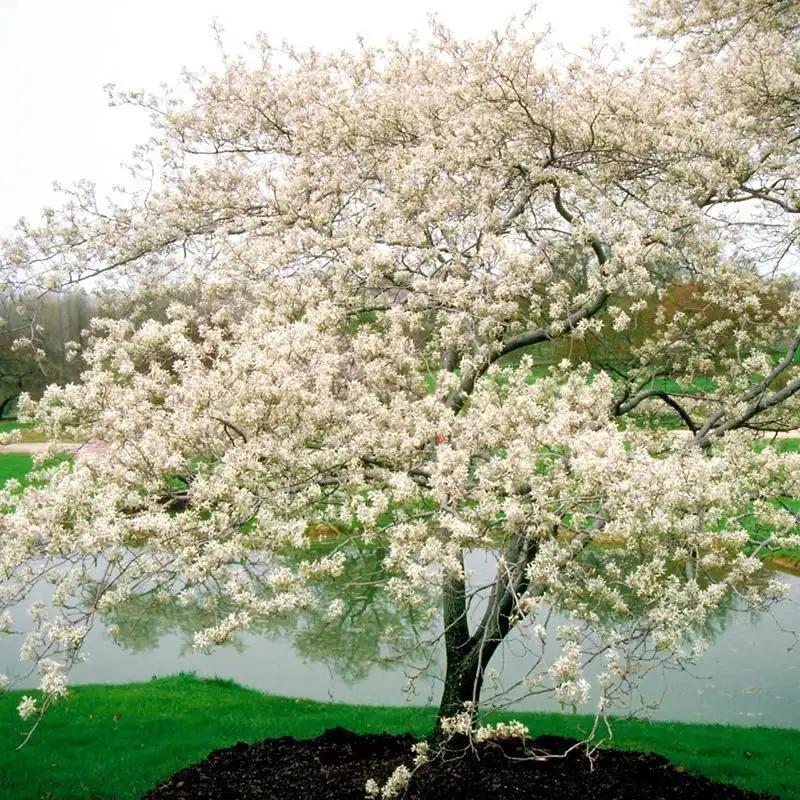
The Serviceberry stands out as a multi-seasonal favorite with minimal root issues. Blossoming in early spring, it offers delicate white flowers that later give way to edible berries. These berries attract birds, adding life to any garden. The tree’s compact roots ensure safe coexistence with pipes, making it an urban-friendly choice. As autumn approaches, leaves turn vibrant, adding a splash of color. Known for its resilience and adaptability, the Serviceberry thrives in diverse environments, providing beauty and utility without the worry of pipe damage.
Ginkgo Biloba
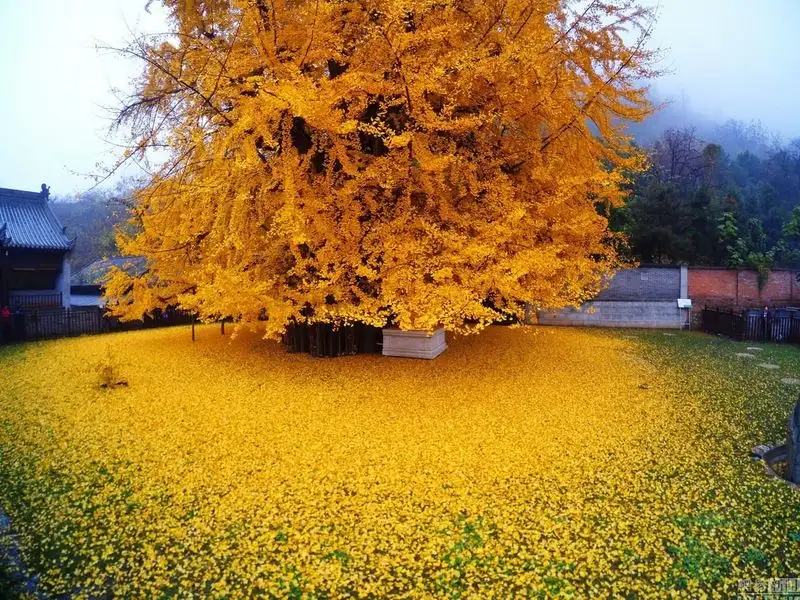
Ginkgo Biloba trees, with their distinctive fan-shaped leaves, offer beauty without plumbing worries. Their roots grow slowly, posing little threat to underground pipes. Known as living fossils, Ginkgos have survived for millions of years. During fall, their foliage turns a striking yellow, creating a breathtaking scene. Often planted in urban areas for their tolerance to pollution, they provide both shade and air quality improvement. With a storied past and unique appearance, Ginkgo Biloba trees are a practical choice for those valuing both history and safety.
Southern Live Oak
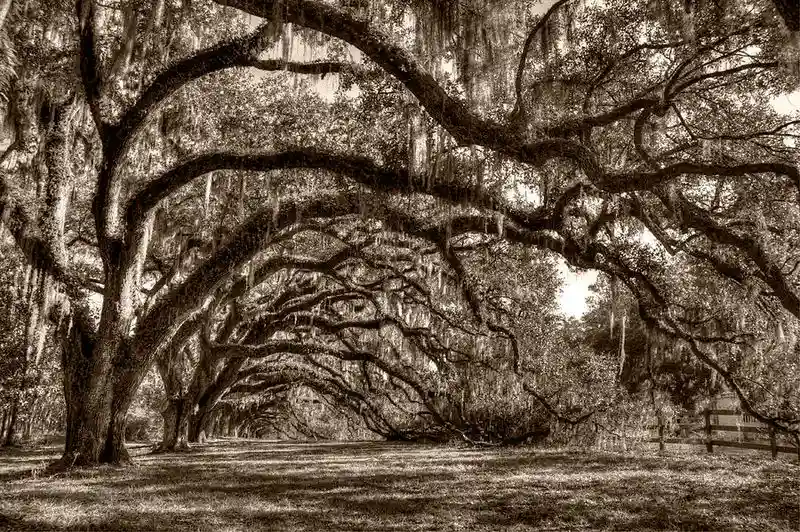
Southern Live Oaks boast a majestic presence, known for their sprawling branches and resilience. These trees provide substantial shade without the threat of invasive roots. Often adorned with Spanish moss, they evoke images of the historic South. Their hardwood is sturdy, supporting diverse wildlife. As one of the longest-living oak species, these trees symbolize strength and endurance. Ideal for expansive spaces, Southern Live Oaks blend history with utility, offering shade and a touch of southern charm without compromising underground structures.
Sweetbay Magnolia
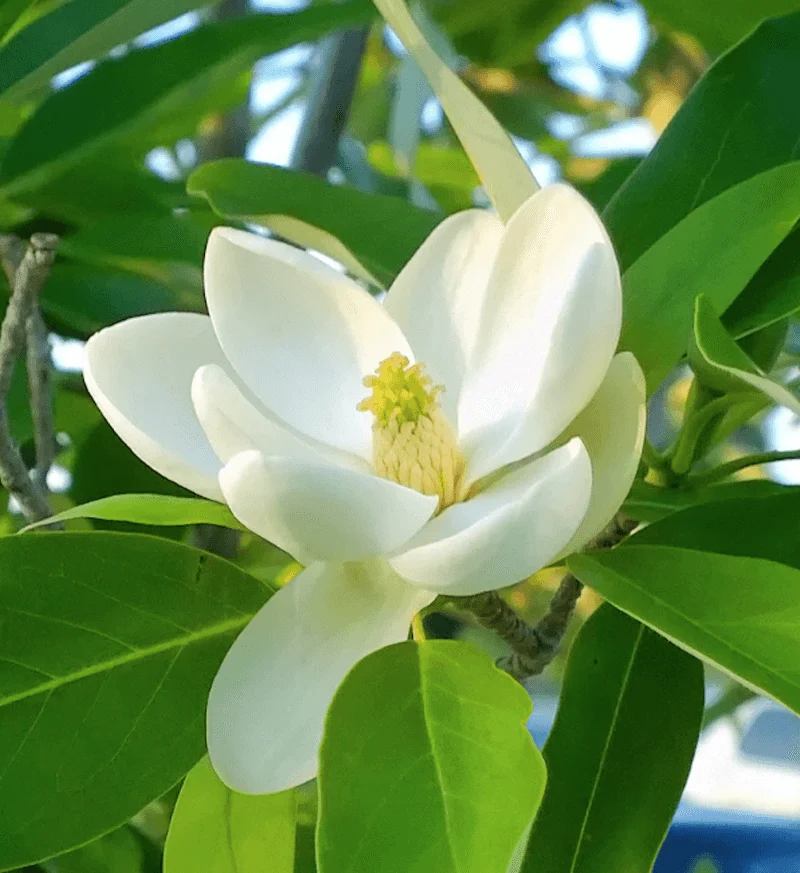
Sweetbay Magnolias are cherished for their fragrant flowers and non-invasive roots. These trees thrive in wetland areas, offering shade and beauty without plumbing concerns. Their creamy blossoms and glossy leaves create a serene atmosphere. Unlike other magnolias, Sweetbay can handle moist conditions, making them adaptable to various environments. As a symbol of purity and grace, they enhance gardens with their elegance. Their subtle charm and practicality make Sweetbay Magnolias a favored choice among gardeners seeking a harmonious addition to their landscape.
Tulip Tree
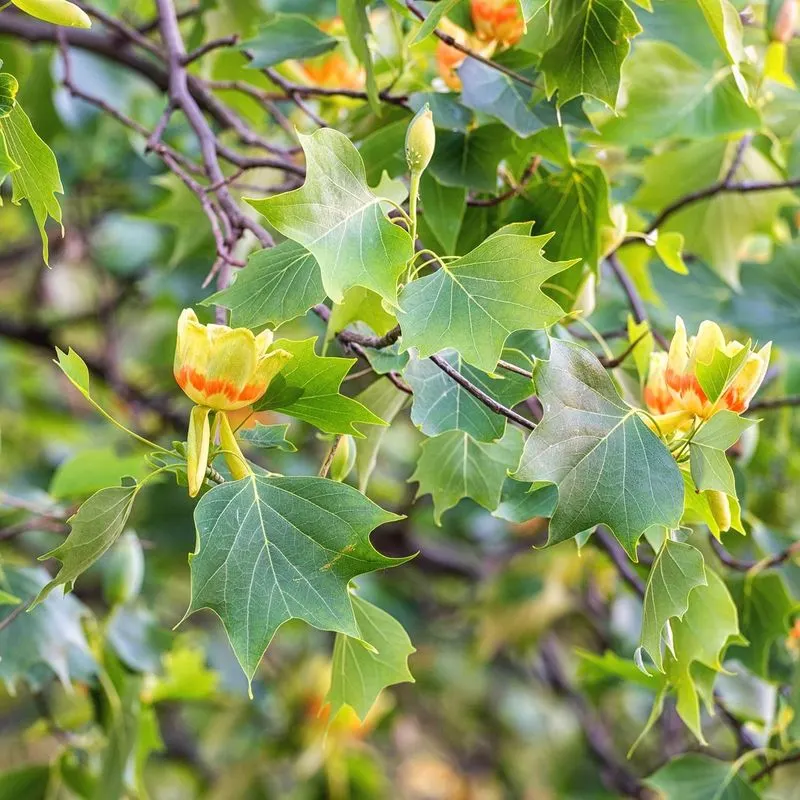
The Tulip Tree stands tall with its unique tulip-like flowers, offering shade without root intrusion. Known for rapid growth, it quickly provides a leafy canopy. Its deep roots ensure stability while avoiding damage to pipes. Often used in parks and large gardens, Tulip Trees are appreciated for their distinctive appearance. As one of the tallest native trees, they symbolize aspiration and growth. With vibrant autumn foliage and striking blossoms, they attract both human admiration and wildlife, creating a lively and dynamic outdoor space.
American Holly
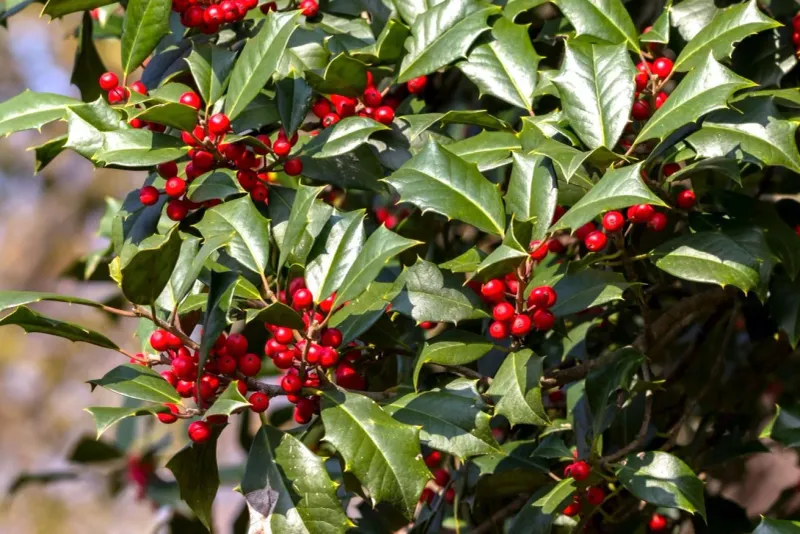
American Holly offers aesthetic appeal with its festive berries and evergreen foliage. These trees maintain a moderate root system, avoiding underground pipe disruption. Often associated with holiday decor, their bright red berries stand out against snowy landscapes. American Holly trees provide year-round shelter for wildlife, enhancing biodiversity. Preferring well-drained soil, they adapt to a range of conditions. This species exudes traditional charm and stability, making it a beloved choice for those wanting attractive greenery without the worry of plumbing issues.
Weeping Willow
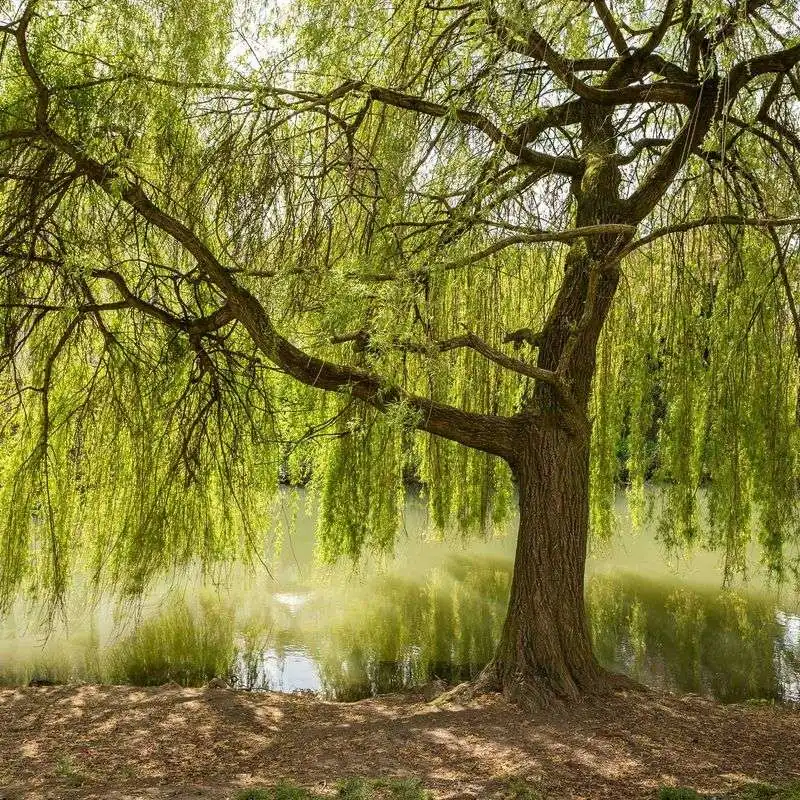
The Weeping Willow, with its iconic, arching branches, is often found near water. However, its roots are aggressive and notorious for invading pipes. Despite offering ample shade and a romantic aesthetic, it poses significant risks to underground infrastructure. Homeowners should be cautious when planting this species near plumbing. While it thrives in moist environments, its presence can lead to costly repairs. The Weeping Willow’s beauty is undeniable, but its potential for damage makes it a controversial choice, reflecting the need for careful planning in landscaping.
Silver Maple
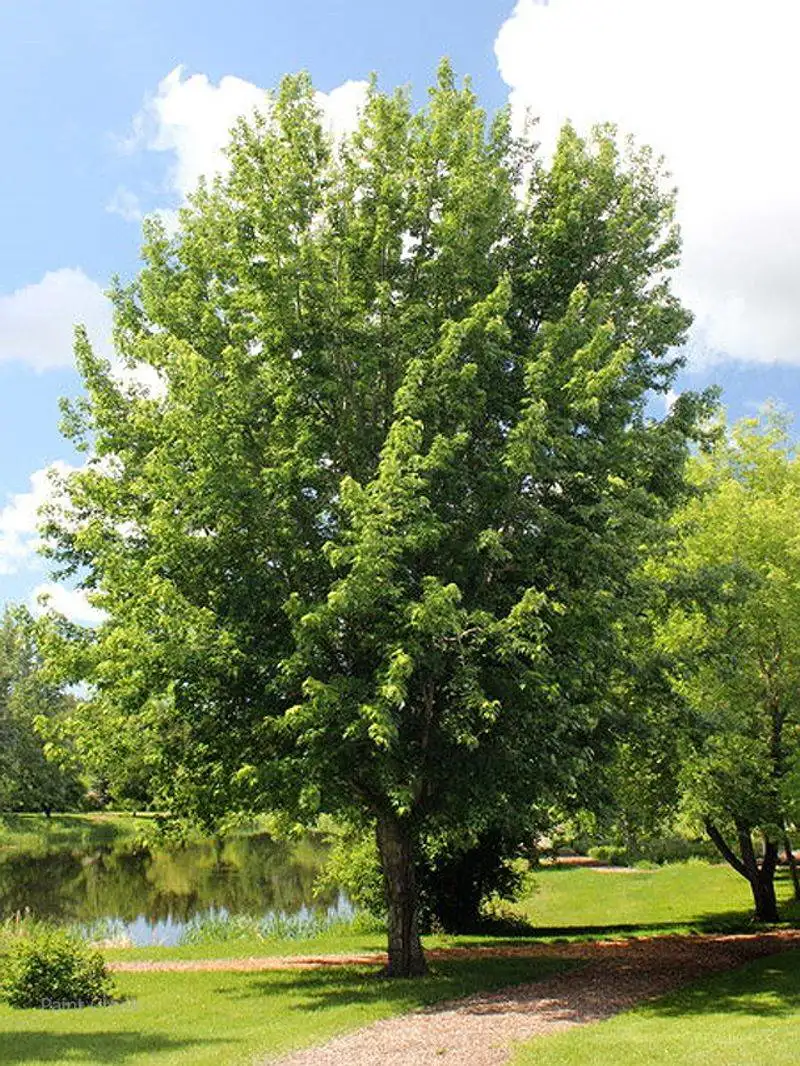
Silver Maples grow rapidly, often reaching impressive heights. However, their roots are invasive, frequently causing pipe damage. Despite their elegant, silver-tinted leaves that shimmer in the breeze, they demand careful placement away from buildings. Their rapid growth can lead to structural issues as roots spread aggressively. While they provide excellent shade, the potential for destruction makes them a less desirable option for homeowners concerned with underground systems. Planting Silver Maples requires foresight and consideration, balancing beauty with the risks they pose to infrastructure.
Sycamore
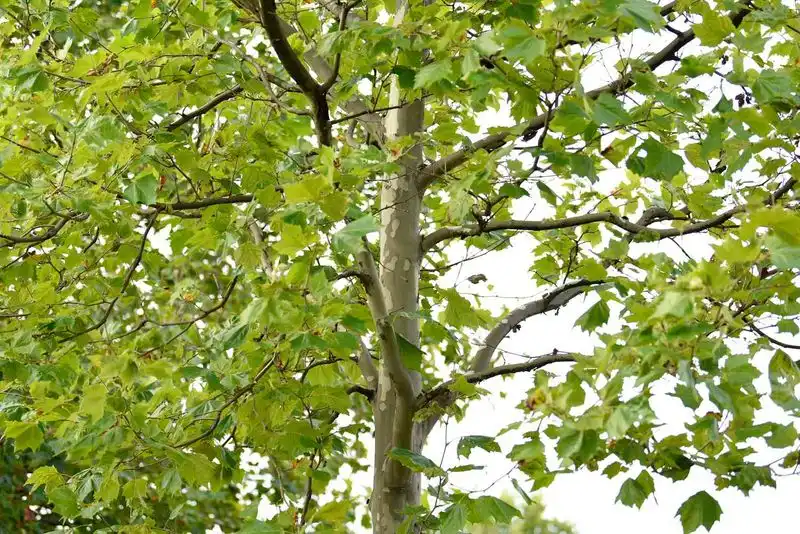
Sycamores stand out with their distinct, mottled bark and broad canopy. Unfortunately, their roots are aggressive and often infiltrate pipes. Despite their striking appearance and ability to provide extensive shade, planting them near plumbing is risky. As they grow, their roots can disrupt pavements and underground systems. While their historical significance and stately charm make them popular in parks, they require careful positioning in residential areas. The Sycamore’s beauty is both an asset and a liability, necessitating thoughtful landscaping choices.
Poplar

Poplars are known for their rapid growth and towering presence. However, their roots are highly invasive, causing frequent damage to pipes. Despite their impressive stature and the rustling sound of leaves in the wind, they pose significant risks to infrastructure. Their ability to quickly establish makes them attractive for windbreaks, but caution is essential near urban areas. The balance between their utility and potential for destruction requires careful consideration by homeowners and landscapers alike. Poplars embody both natural beauty and the challenges of managing aggressive root systems.
Sweetgum
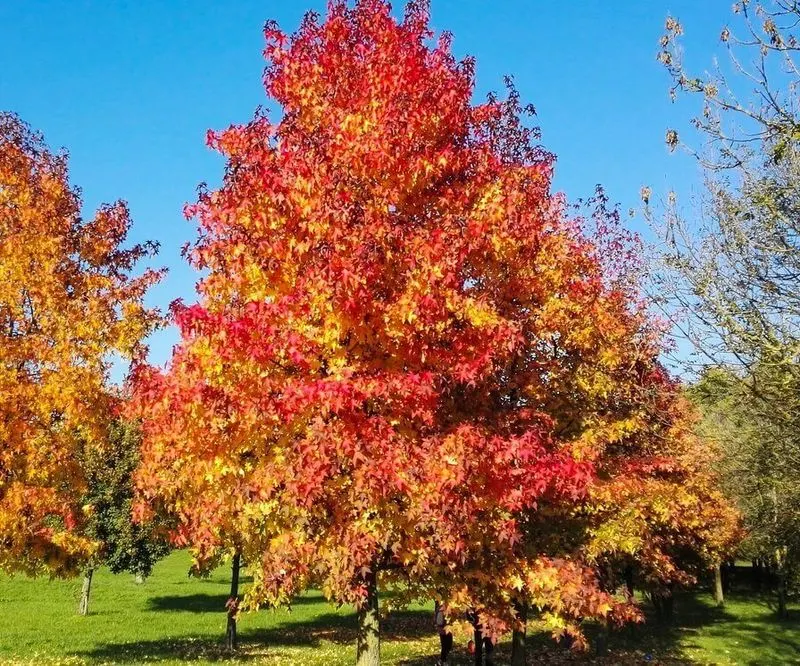
Sweetgum trees captivate with their star-shaped leaves and vibrant fall colors. Unfortunately, their roots are prone to invading pipes, leading to potential damage. Their unique seed pods, while visually interesting, can litter the ground, posing a challenge for maintenance. Despite their aesthetic appeal, Sweetgums require cautious placement, particularly in residential settings. Their dense shade and seasonal beauty are offset by the risks associated with their root systems. Careful planning and regular upkeep are necessary to enjoy their presence without compromising underground infrastructure.
Lombardy Poplar
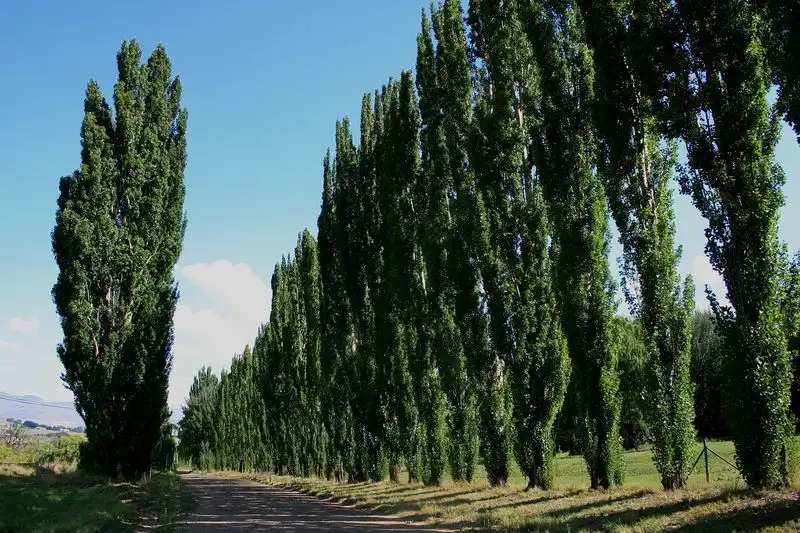
Lombardy Poplars are favored for their narrow, columnar form, often used as windbreaks. However, their roots are invasive, posing a significant threat to pipes. While they create a striking vertical presence, their rapid growth and aggressive root systems make them a liability near plumbing. Ideal for open spaces, they require strategic placement to prevent structural damage. Their elegant silhouette offers visual appeal, yet the potential consequences of their root behavior demand attention. Lombardy Poplars, though beautiful, are best suited for areas where their roots won’t pose a problem.
Cottonwood
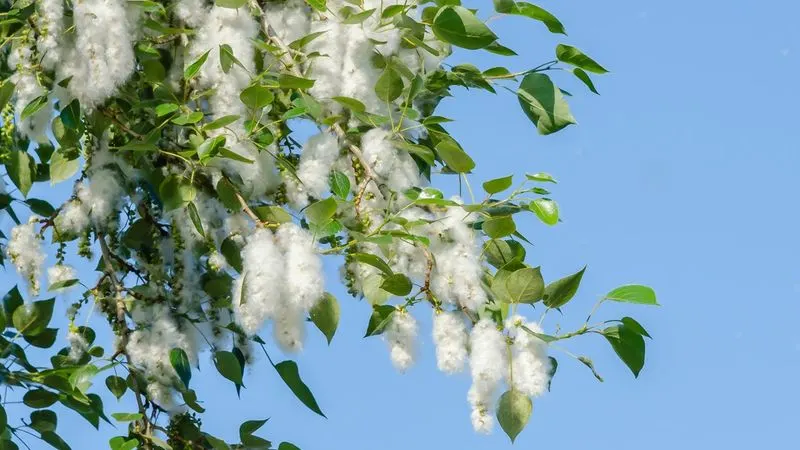
Cottonwood trees are admired for their broad branches and fluttering leaves. However, their extensive root systems are notorious for damaging pipes. The fluffy seeds they release can create a picturesque yet messy landscape. These trees thrive in moist areas, often found along riverbanks, where their roots expand to seek water. Despite their charming sway in the breeze, Cottonwoods present a considerable risk to underground infrastructure. Their natural habitat along waterways highlights their need for space, making them unsuitable for most residential areas with plumbing concerns.

